Sharing is caring!
When I teach poetry I’m looking for poems that will engage and challenge students. I want something that can connect to their lives but also give them something to dig into to analyze subject and structure. A great option then is palindrome poetry.
Read on for a lesson plan and 5 palindrome poetry examples to use in your high school English classes at any time of year!
What’s a palindrome?
Here’s a quick refresher about palindromes. They are words, phrases, sentences that spell the same thing forward as they do backward.
Think civic, racecar, taco cat, Dr. Awkward, or Madam, I’m Adam! Or even apparently one of the most famous palindromes: A man, a plan, a canal – Panama!

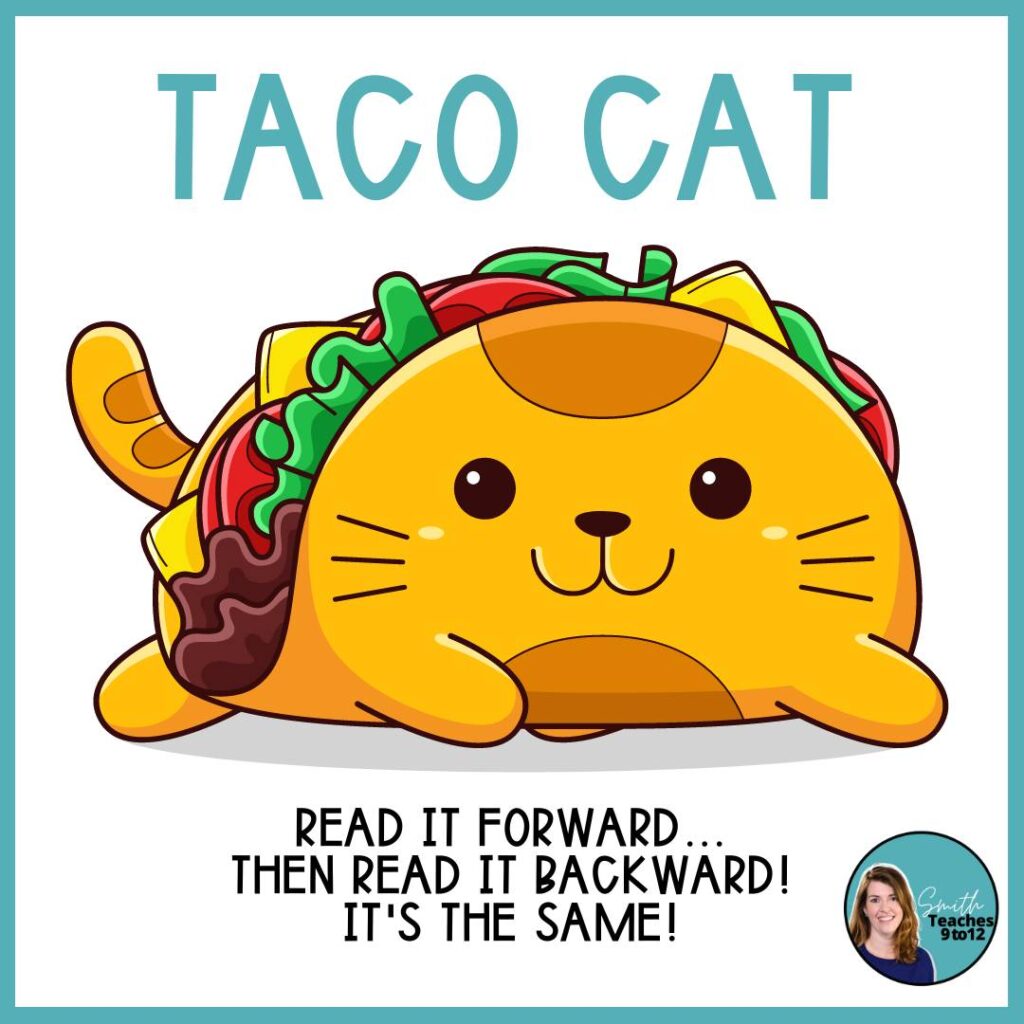
What’s palindrome poetry?
Extending that idea then of forward and backward are palindrome poems. You might also know them as reverse poems or mirror poems. These are poems that you can read for meaning in two ways–from top to bottom and then bottom to top. Though I do include an exception with the fifth example on the list… keep reading to see how it’s extra special!
With each of the palindrome poetry examples included below the most notable aspect is in the change in tone or mood as well as meaning when the reading is reversed. Poems that read negative from top to bottom will shift to positive when read from bottom to top. This makes for interesting discussions for students about the poems and their subject matter.
Lesson Plan For Palindrome Poetry
Incorporating student choice is an easy yes, with the five palindrome poetry examples included below. Make copies of the different poems on a double-sided sheet of paper that incorporates 2 or more of the poems. Then students can pick which one they’d like to examine.
Another way to do this is to treat this as a literature circle with different students reading different poems but in a way that you can group them together.
To start, you must consider whether you will initially offer guidance that these palindrome poetry examples can be read in two different ways… or you can wait for that reveal after addressing the poem on a first attempt with a traditional read through of it.
More often than not, I don’t let students know in advance that these are palindrome poems that can be read in two ways. Instead, I let them dive in to the poem without that knowledge!
Step 1: Read the Poem.
First, read the poem to note and notice. They might consider:
- Words that are unknown (identify and then define)
- Anything that stands out
- Thoughts on the title and connection to the poem
- Rhyme scheme
- Any particular images, symbols, or words that stand out
Step 2: Read the Poem… Again!
On a second read, still in traditional top to bottom. Get students to consider what the poem is about… how could they summarize or explain it. This can be done as a think-pair-share, where students make their own notes first, then share with an elbow-partner, finally sharing in larger groups or with the whole class.
Step 3: Explain Palindromes.
Finally, this is when, if students haven’t already figured things out, you can ask if students know what a palindrome is. Define it on the board. Explain that this can apply to poetry too.
Step 4: Read the Poem… in Reverse! And then Again!
This last step is to repeat steps 1 and 2 but now reading the poem in reverse. An added point for analysis is to consider what has changed in the poem while reading it in reverse.
5 Palindrome Poetry Examples
Here are five palindrome poems, mirror poems, or reverse poems that have been a hit with my students from grades 9 through 12.
Lost Generation by Jonathan Reed
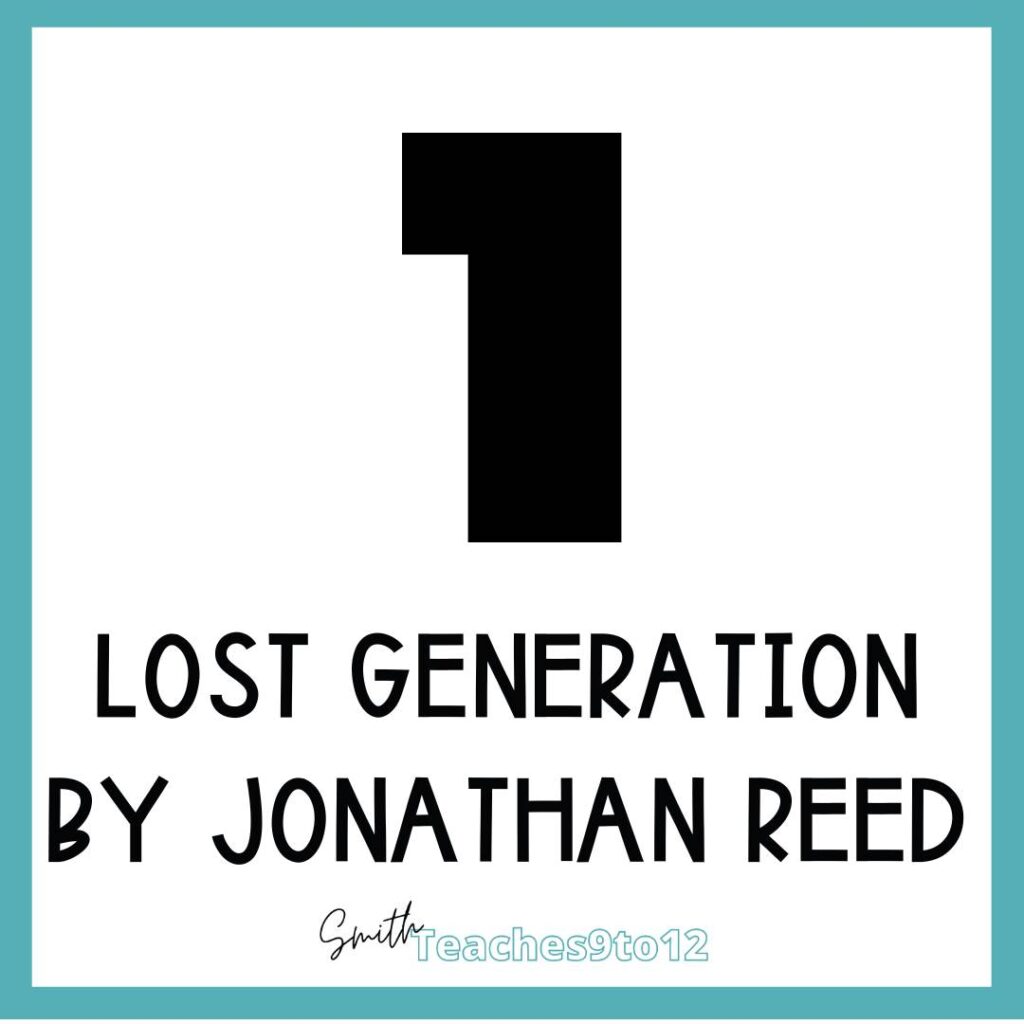
This poem was an entrant in a poetry contest in 2007 that makes a comment on generations of then and now. The poem is a showcase of cynicism and optimism. It’s still fitting for today because these ideas persist.
Read the full poem. Check out the video with reading on YouTube.
Refugees by Brian Bilston
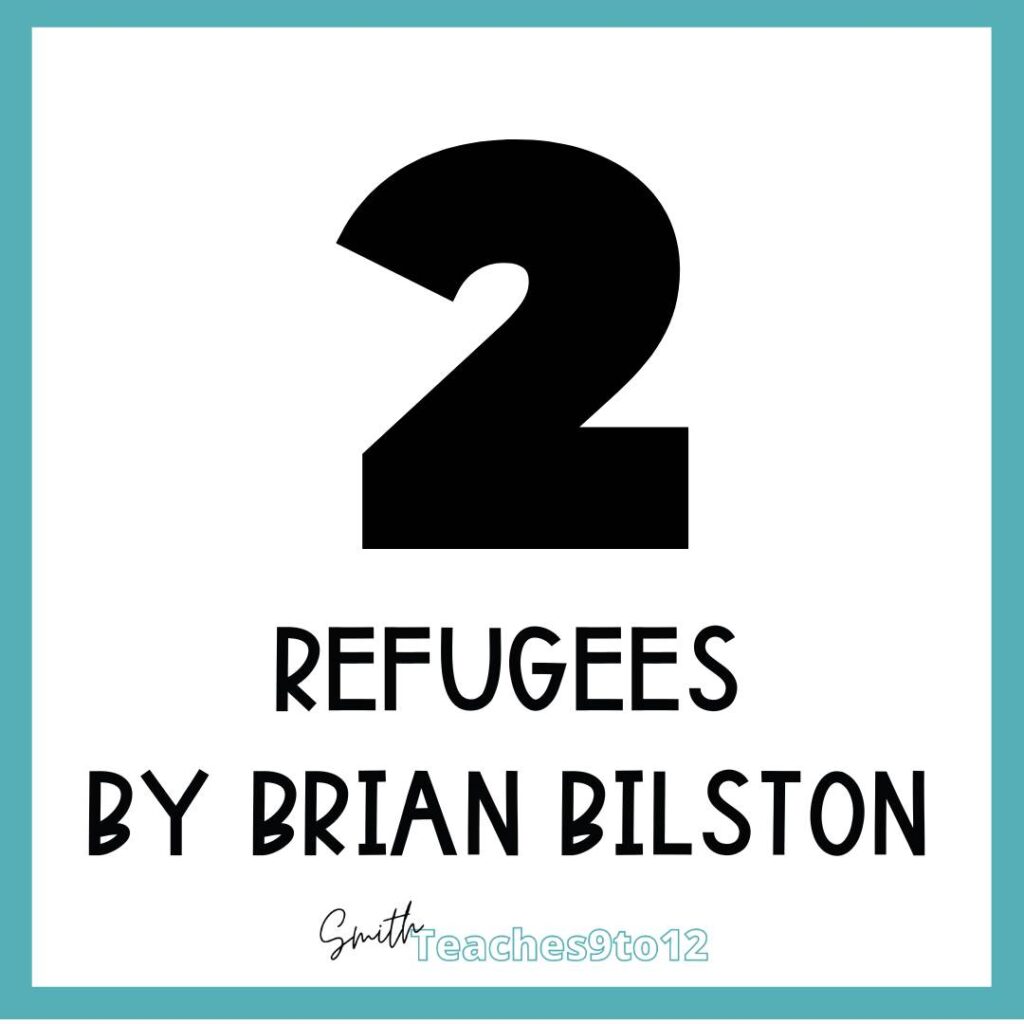
This poem’s shift from negative to positive can be off-putting at the start since it includes negative stereotypes about refugees. As a result, this deserves a word or two about giving the poem a chance rather than have them shut down.
It’s probably best used with a class that you know well; this is not a first week of school poem! At the end of the day you know your students best so read the poem to decide.
Read the full poem from poet’s website. And check out the comments included below it that provide a bit more context and insight about the poem direct from the poet.
Pretty Ugly by Abdullah Shoaib

Again, this poem reads negatively first and then in reverse the positive reveals itself. This poem I find works well as part of a lesson on SEL or in accompanying more contemporary poetry such as Rupi Kaur’s or Warsan Shire.
Read the full poem. This link includes some analysis of the poem and its content.
Read about more contemporary poetry collections to add to your high school classroom in this post.
Doppelgänger by James A. Lindon
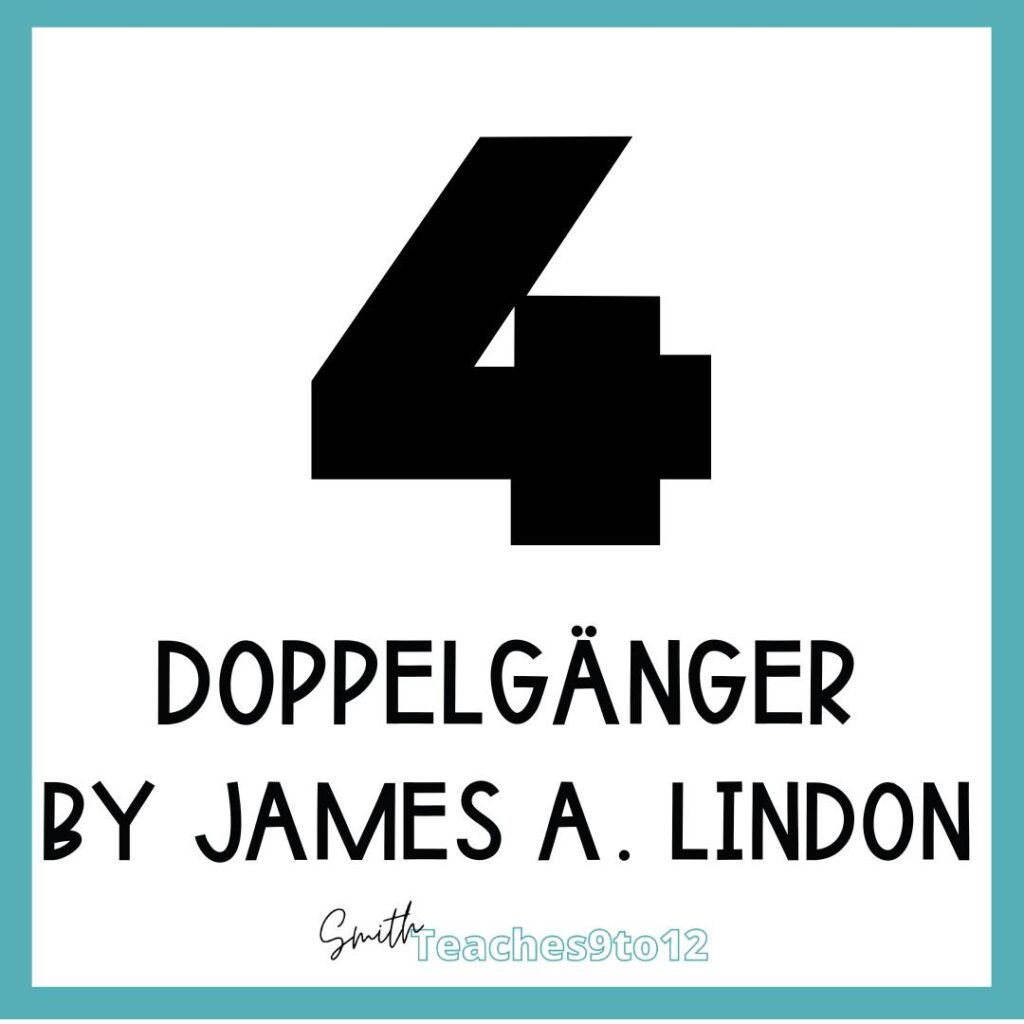
I call this one a Poe-esque poem since it’s spooky and eerie and just a little bit creepy. From 1973, this Lindon poem is one that my students LOVE. I often use it in spooky season around Halloween but it works equally well at any time of year.
I have paired it with lessons on psychoanalytic theory or as part of a gothic novel study– Mary Shelley’s Frankenstein usually!
Read about more gothic poetry in this post.
Dammit, I’m Mad by Demetri Martin
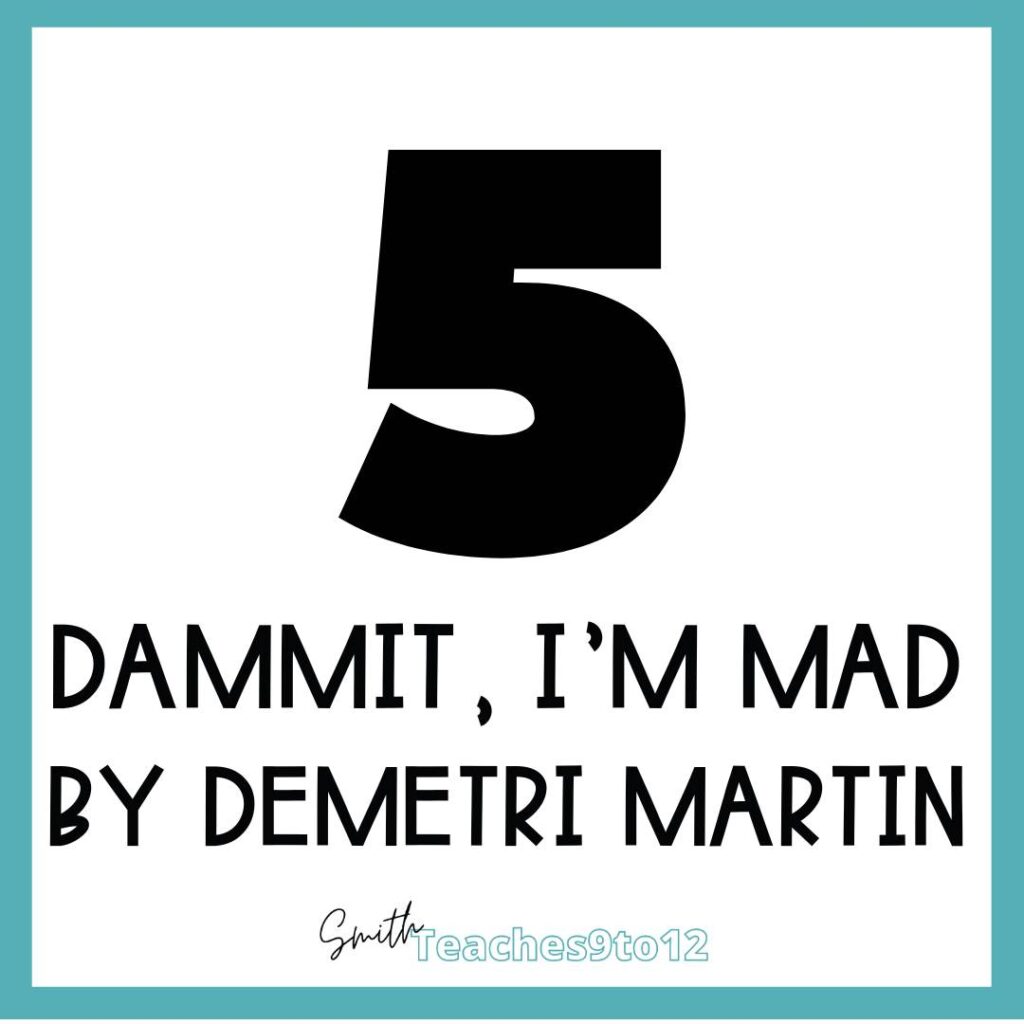
This is the one I mentioned in the opening when I said it was a bit more special than the rest.
Comedian (and poet) Demetri Martin wrote this as part of a math assignment while studying at Yale. It’s for fractal geometry… can’t say I know what that is exactly so let’s leave as math! That’s right, a poem for a math class. How do they fit together? Well, each line of the 224-word poem is a palindrome and the overall poem is a palindrome! Seriously!
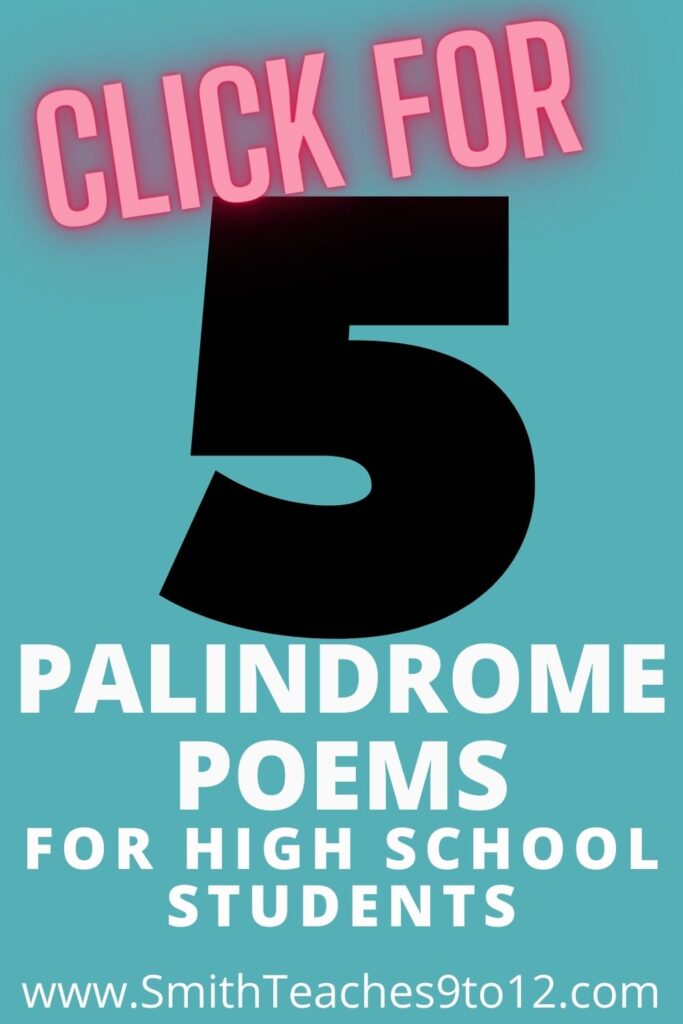
To me, you can’t go wrong with any one of these poems. With the exception of the final poem on the list, these palindrome poetry examples are deceptively simple.
As a final way to up the challenge with students after they’ve read one or more of these poems, ask them to write their own! Even just getting a single stanza that can shift meaning in reading it two different ways can be quite the task BUT it’s one that my students tackle with great enthusiasm.




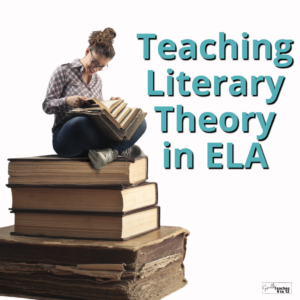
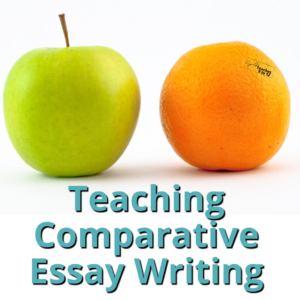
2 Responses